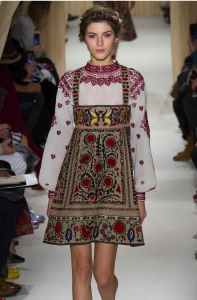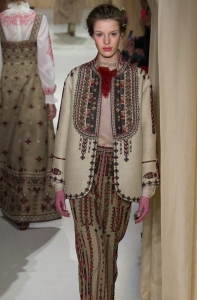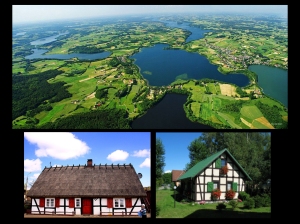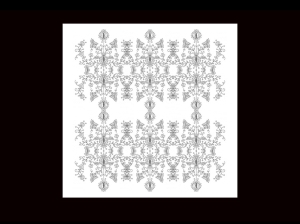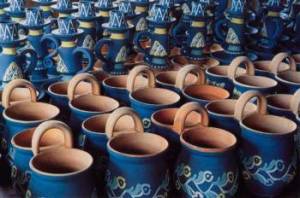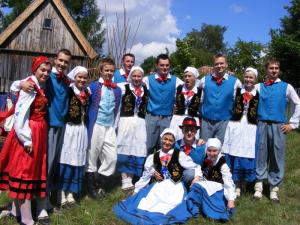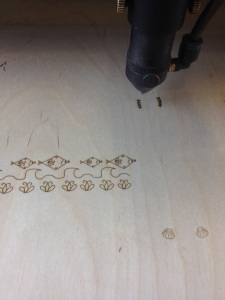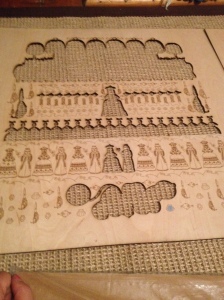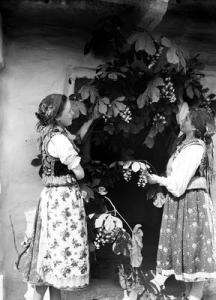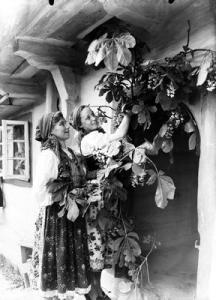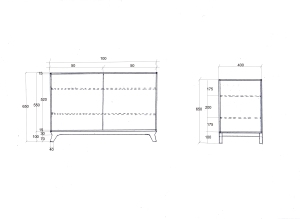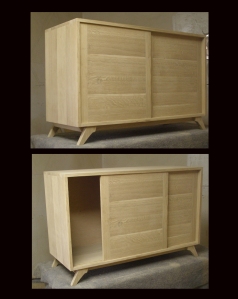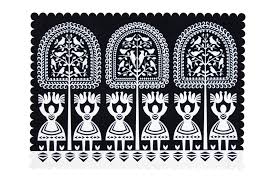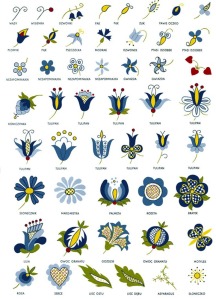I chose the course of Designer Maker to complete my academic education with the set of skills that would allow me to take ownership of my own work from start to finish; from the first concept that drives the design to the very moment when that design sees the world as a material object.
As a graduated interior designer I had worked in a interior design studio. That practice gave me a very useful inside of the trade from the designer side regarding project design tools and processes but it didn’t helped me much with the skills needed for the actual process of making any of those designs, which I thought I lacked a great deal of confidence of.
If I wanted to eventually produce my own designs I would need to definately get my hands on. Doesn’t matter how fluent I could be on paper, the full process of creating an object it will always require an understanding, also, of the specific ways of working with the material which is going to be made of, as I was about to learn during the course.
With this Ideas in mind I was bound, about two years ago now, to enrol in an challenging experience where I put myself out of my comfort zone, even though always covered by the experience and guidance of both teachers and other colleagues.
I decided to work on the possibilities to translate traditional Kashubian visual language into contemporary design as the subject mater of my project for the course, as a natural consequence of my personal interests. Since my first contact with Kashubianfolklore long time ago, I was very moved and intrigued by the originality, and charm of the crafts from this region of Poland. But first, I had to get familiar with the elements of this crafts including the work with wood as one of the most common material used by them and the one I intended to use too.
During the course I developed my research practicing different ways to work on wood in series of testing exercises. The progress of this research it would be recorded in my project blog online so i could use it to keep track of my work and as a tool for decision making.
With this exercises I intended, in one hand , to gain confidence in the basics of ”making” on wood and in the other hand to translate the ideas behind the Kashubian visual language
all of which has helped me to understand a very particular visual language based originally in the repetition of very schematic, natural shapes to create patterns but that has also evolved to more narrative compositions holding the stories and myths of their culture.
During our course , in the 3D studio I’ve been testing and trying a variety of techniques for wood decoration . Until it provide me to laser technique that opened me eyes for a really potential and source of design making, and it gave me an idea how to develop my drawing skills in innovative methods. By working and building from wood after while i’ve manage to learn how to work, treat objects as furniture in matter of time consuming and finishing. I have also learned to be even more patient than i’ve been with drawings. Work with wood teaches me to analyze and avoid mistakes that are easy to make with this material.
Practice by talking with tutors and my colleagues from university teaches me how to be critical to my own work but also that shearing ideas with others can evaluate into something different and definitely better level. It also showed my ability to articulate my project interests and concerns to an outside audience. It also help to outline the most important aspects of furniture making as; practical sense, purpose and the reason why we are doing it. Developed and refine my working methodology and visual language. 2 years of practice build up a portfolio of work that reflects technical competence needed for future career.
The knowledge and understandings I have gained so far have given me more confidence in my own process of making.Following professional carpenters work teaches me to be more respectful for material i work with and to be open for suggestions.
After graduation i am planning to stay in London for while and i would like to work a bit more with wood and make series of customized furniture in the same method. My long term goals are producing furniture and households objects for a individual customers. After last show i had very good answer from audience with the questions of continuing my work also in different materials to make other products. I consider to work in the same technique of laser cutting but in textile. I am going to upgrade process of my design work in different media and also I am planning to open studio-workshop for people to see how the process of making looks like and also to sell my costume designs in there. I want to move into professional exhibitions and shows to present my work around the Europe.
Blog that we have been told to do in my opinion helped a lot to our personal development, it helped to see our process of work in different stages and to hold our thoughts of our good and bad moments. Documenting and reflecting my work during all that time provided me to understand critical and contextual aspects. From the project proposal to all my way of trials and wrong decisions it leads? me to the final outcome. Looking back on my work plan, I can see that I am on track with ideas i wanted to achieve but also it shows a bit chaotic and abstract route i went trough to achieve the aims .I think the most important part of my blog it is unit 1 were i still didn’t know how to deal with my work and what exactly i wanted to achieve. I can see that i’ve been challenging myself and sometimes getting lost and out of focus area but then i determined myself to get back to the main point. In my opinion blog is helping not only to develop my own project but also it works like collaborative project . We help each other by shearing notes ,comments , ideas and also works as promotion for our potential customers.
